welcome to cutbow coffee
Agua Es Vida café es amor
A Coffee Roaster Of Distinction.
Trained By Legends. Inspired By Greatness.
A Provenance of quality, tradition, and artistry in coffee.
Our story
Born and raised in New Mexico, Paul Gallegos began a career as a professional coffee roaster with California-based Peet’s Coffee in the late 1980s. Returning to his home state, Paul brings profound experience, discipline, and passion for great coffee to a quaint little shop near Old Town Albuquerque. Cutbow Coffee offers a legacy of quality, from the pinnacle of the coffee roaster’s art, to your cup. Experience Cutbow, Get Hooked.

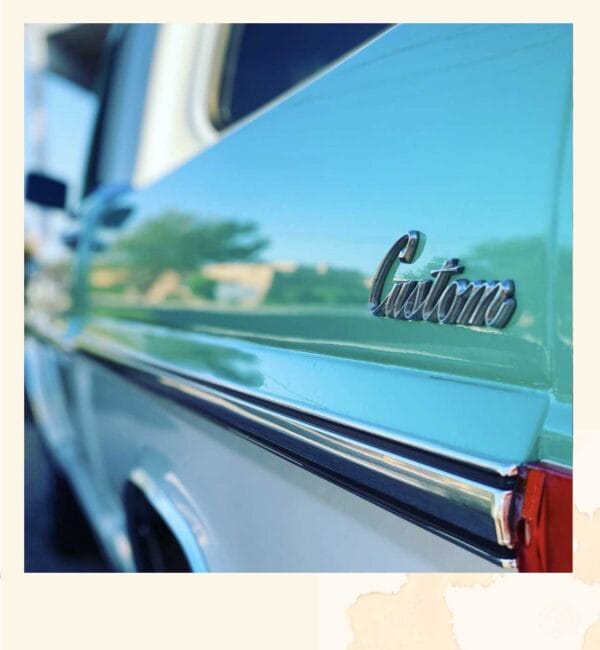
Our philosophy
We believe that coffee speaks. Our roasting approach is based on this symbiotic communication and strictly relies on the sensory skills attained over decades of dedicated practice. We believe that a coffee’s full development in the roaster creates full expression in the cup. We meticulously source the finest specialty-grade coffees available worldwide. We honor and respect the ethics and efforts of the farmers, harvesters, and importers who provide them. We seek beauty in the complexity of our proprietary coffee blends, and reveal the charms of our single origin offerings through diligent taste-testing of each roasted batch. Our discipline ensures optimal roasts with utmost consistency.
experto credite
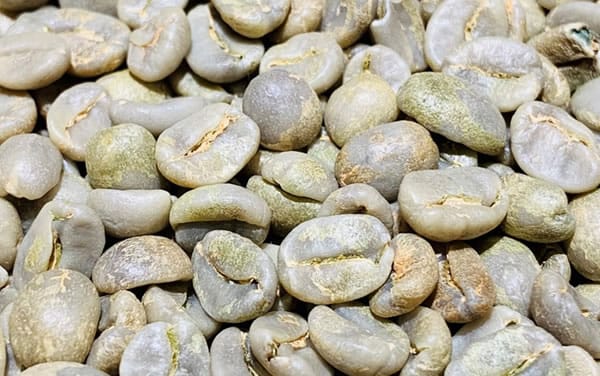
The Green
(0-2 min 80º) Cold, lifeless seeds are dropped into BIBIANA’S pre-heated drum . The temperature inside the drum plummets but quickly begins rising again. CONDUCTIVE HEAT initiates the DRYING PHASE where free moisture is driven from the beans producing noticeable starchy and vegetal aromas.

The Turn
(2 min 180º) The beans begin changing from green to yellow through the degradation of chlorophyll. Conductive heat is enhanced by CONVECTIVE HEAT of hot air being drawn through the roaster by impellor. The aromas are grassy and hay-like. Complex poly-saccharides in the beans are converted into starches.

Wheat Stage
(4-6 min 280º) The MAILLARD REACTION, a chemical change that causes browning, takes effect. Amino acids are degraded. Starches are converted to sugars, which begin to CARAMELIZE. The momentum of heat continues to build as RATE OF RISE is noted. Volatile aromatics are markedly cereal, breadlike, and nutty.
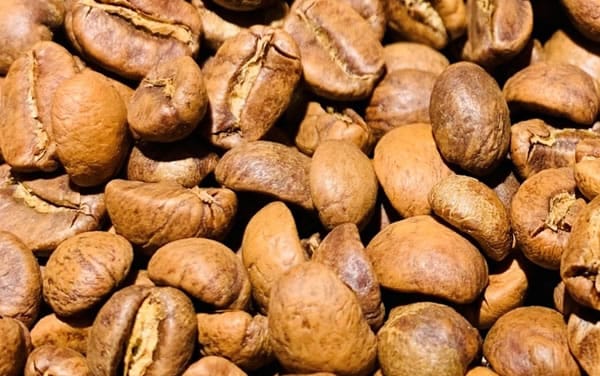
Cinnamon Stage
(6-8 min 380º) Within each bean, pressure is built through increased temperatures. The beans become EXOTHERMIC, producing their own RADIANT HEAT. As they swell, steam and carbon dioxide are released creating the audible FIRST CRACK. A thin membrane of CHAFF adhered to the fold of each bean is released. As sugars caramelize, lingering greenish aromas dissipate and more familiar coffee-like aromas are noticeable.

The River
(8-10 min 390º) Conductive, convective, and radiant heat, along with Maillard reactions, caramelization, and PYROLYSIS reach full effect in the last few moments of the roast cycle. The bean’s surface appears light brown, dry, and chalky. The aromas are saccharine sweet. Flavors are overwhelmingly acidic.
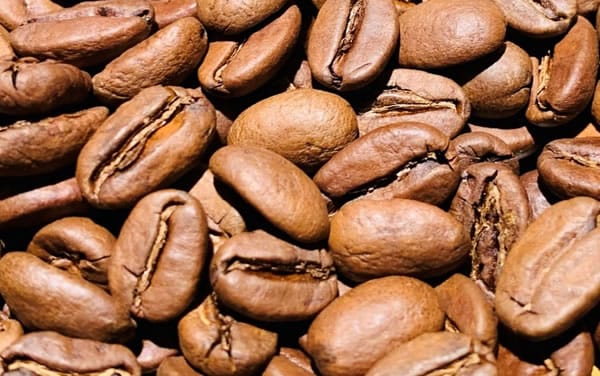
The Deep
(10-12 min 415º) Telltale aromas specific and relative to a coffee’s ORIGIN and PROCESSING, are key indicators of overall roast degree. Oils begin to appear on the surface to indicate full expression of flavor. in a classic CITY ROAST, flavors are balanced with body and acidity.
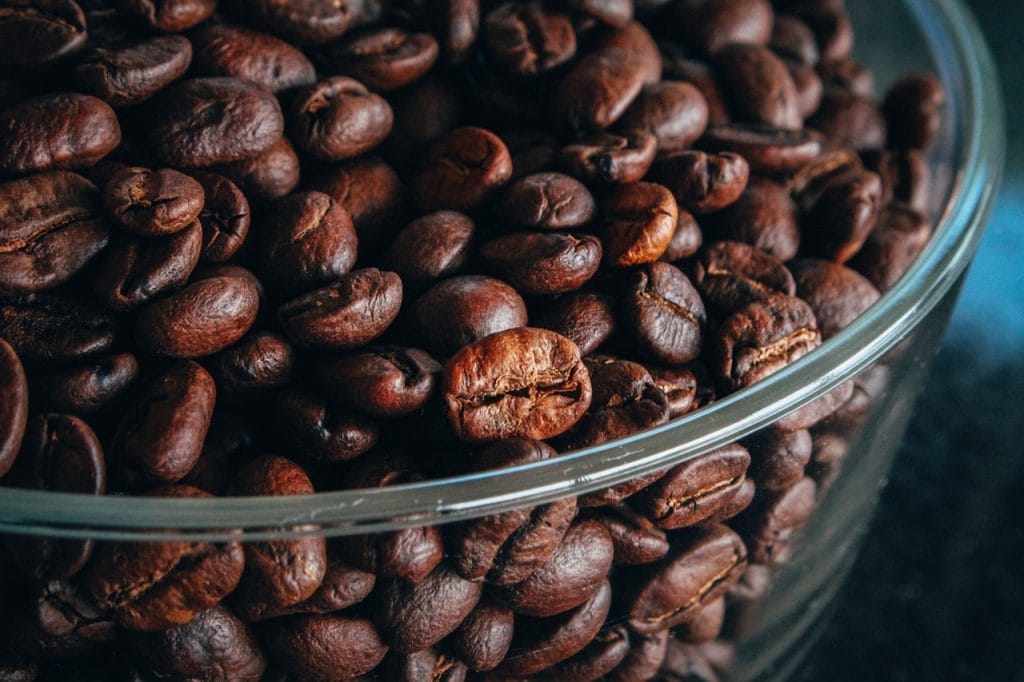
The Deeper
(12+ min 425º) At a FULL CITY roast, oils glisten on the chestnut brown surface of the beans. A supplemental pressure of C02 gasses is released, resulting in a short lived and less audible SECOND CRACK. Flavors are slightly smoky, sweet, and enhanced by full body.

